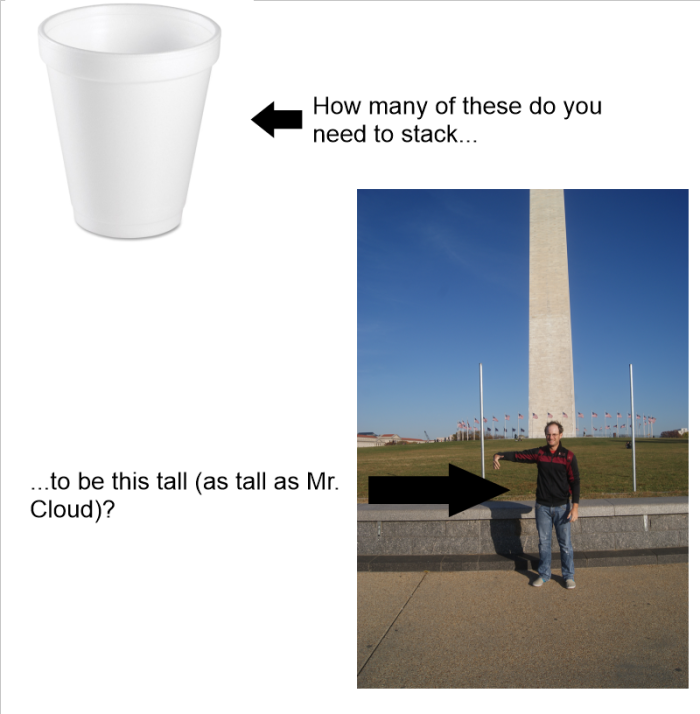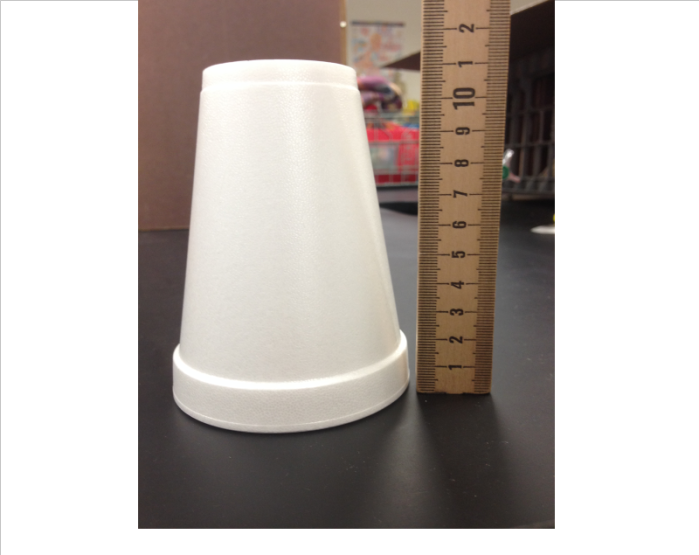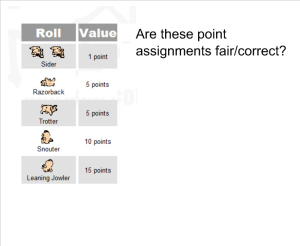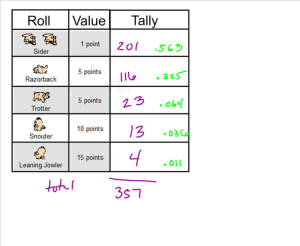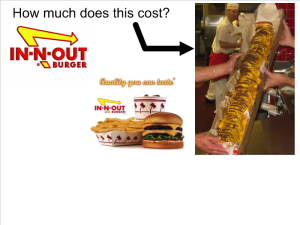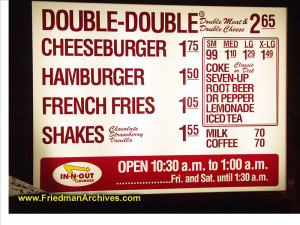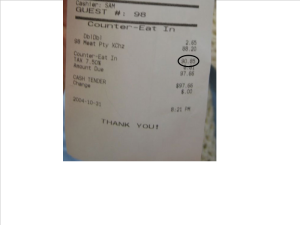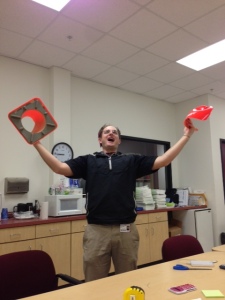Day five. The first Friday. My students were tired. I was tired. The first week was successful; at least, I felt that it was.
AP Statistics: The first week culminated in a quiz. I did learn that we need to work on communication through writing. I feel like they have a good grasp on what we’re learning, but they’re having trouble communicating it.
Precalculus:
In precalculus, today’s lesson is to connect calculating trigonometric function values with their knowledge of special right triangles. I was a bit concerned about their memory of special right triangles, so their warm up had them working with 45-45-90 triangles:
My hope was that they’d quickly realize the pattern that the length of the hypotenuse is the leg times the square root of two. They did, and they had the “oh yeah” moment. I regret not proving this fact to them. I need to make sure when we’re coming up with rules and theorems that I’m more formal about it; those students who go on to do higher mathematics need that exposure.
After spending time with 30-60-90 triangles, the end of class culminated in:
The part my students are struggling with the most is the simplification of fractions with square roots. I’m trying to convince them that they’ll become comfortable with them; they just need to be willing to practice.
Algebra II Honors:
I’m a bit concerned that my students don’t know what makes a linear function linear. We took a day out to discover what linear really means. I’ve told them that as we look at functions, we’re going to study them in three ways: a graph, a set of coordinates, and an equation. They knew what makes a graph of a function linear, but not the other two representations. So we explored:
Each pair of students received three cups and a ruler. From that information, they needed to make their estimation.
In case you want to play along:
Most groups realized that there is a constant growth in height caused by the lip of the cup. From that measurement (which is really 1.5ish centimeters…even though it looks like 2 centimeters in the picture) they extrapolated their guesses.
A few groups got to 116 cups. Most were within 10 cups.
From their realization that the height of the stack grows at a constant rate in relation to the number of cups, we had the discussion of what linear means. Ideas about rate of change, y-intercepts, and functions were all discussed. The hope was this concrete example would let them see that constant change (slope) is what makes a function linear. This led to other discussion and playing with geogebra. Fun was had by all (or at least me)!



